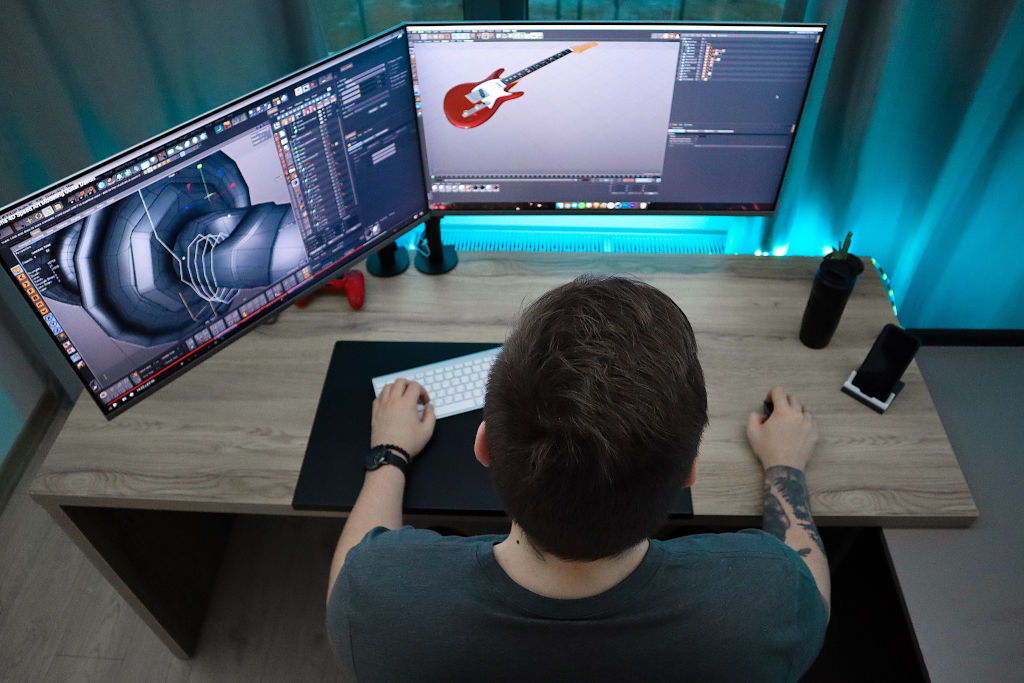Court illustrations can be a valuable asset in litigation. It allows legal teams to illustrate their case with vivid images that can powerfully engage the jury.
At first glance, the court may seem like a place where the most draconian rules and stringent practices are essential to effecting justice. This may make the introduction of illustrations like legal animation absurd—but this is a wrong take.
One important point to note in every case is that jurors are selected from all walks of life. They may have never encountered such a subject of discussion in the case before. In this respect, it is safe to say they are like kids getting exposed to a topic for the first time.
So you see why it is fundamental that they grab the story at first contact. This is because what they are dealing with has to do with the administration of justice.
According to the Reading Partners, “illustrations alongside text offer invaluable tools to help kids build understanding, fluency, vocabulary, and other foundational literacy skills.” In addition, “the imagery in a picture book brings the pages to life, serving as a visual roadmap for the story.”
Therefore, as effective as illustrations are in kid literacy, they would be for someone having first contact with a subject matter. More crucially for them since there is an onus laid on them to understand it fairly quickly to enable them to dispense justice.
Likewise, we must not neglect people who may have had contact with the subject matter previously. They may still need a little nudging to fully take in the complexity and the unique swing of this new case.
Consequently, it is paramount to learn how court illustrations can communicate a case’s meaning clearly and powerfully.
Guide on How To Use Court Illustrations Effectively
It is one thing to understand the importance of using court illustrations in a given court case, especially complex ones. However, it is another to know how to skillfully take advantage of this euphoric court weapon.
Here are our takes on how to go about it:
Determine If Your Case Would Require Court Illustrations
As effective as this court tool is, an instant recourse to it in every case may not be in your best interest. Therefore, make sure your case is well suited to court illustrations.
When you determine that it is required in your case, they can help to clearly explain the facts and legal principles of your case. Illustrations can also bolster witness testimony, and bring a variety of exhibits to life.
They’re especially instrumental in cases involving scientific or technical concepts. Hence, allowing jurors to understand complex evidence in an easily digestible visual format.
Additionally, they can be used to depict accident scenarios and clarify a timeline sequence of events. They can further enhance witness testimonies, making them more memorable and compelling.
Choose The Right Court Illustrations Artist or Agency
When you choose a professional trial illustrator, you’re not just investing in their skills and experience—the choice of artist or agency can also affect your case.
It’s best to look for someone with demonstrable experience in drawing everything from people to props and landscapes. Folks who will work with you to create visuals that accurately reflect your client’s case. People who will express critical insights in a straightforward and visually compelling way.
Fox-AE goes beyond the norm to help portray your court illustrations better.

Develop Thorough Design Specifications
Your illustrator’s work begins before the first sketch when specifications are discussed and agreed upon. This initial conversation is critical for establishing clear expectations for the illustrator’s work.
Spell out details of your vision, such as which elements need to remain intact in scale or accuracy. You must also talk about the overall impression you’d like the viewer to get when looking at the court illustration.
When it comes to successful court illustrations, getting this initial brief right is indispensable!
Clarify Your Objectives Ahead of Time
If you’re creating trial illustrations, it helps to think about the specific needs of your case.
Ask yourself what information you want a courtroom audience to be made aware of through these visuals. Are there complex elements that you need to convey clearly? Will the illustration be used in closing arguments or during cross-examination?
Answering these questions will help you create a set of objectives for your illustrator. They will be able to follow this throughout their work.
Mark Key Points During Court Sessions for Future Reference
Incorporating court illustrations into court proceedings allows counsel to quickly refer to previous arguments or mark key points during court sessions for future reference. This helps reduce confusion and ensures that legal teams are continuously operating on the same page.
By employing the help of skilled illustrators, you can ensure that all vivid details, dialogue, and actions from the court session are fully captured and can be used to enhance your case when it is time for closing arguments or judgment.
If you need skilled illustrators to help combine your objectives with the case at hand, then Fox-AE is your best bet. We have pulled together, carefully, a team of forensics and engineering animators as well as medical animators who can help bring a case to the best angle that would help win the case.

Conclusion
Shunning progressive ways of portraying a case in court to enforce understanding is a thing of the past. It is, therefore, imperative to explore all the possibilities achievable from this mode of giving evidence and take advantage of all its benefits.





